Search
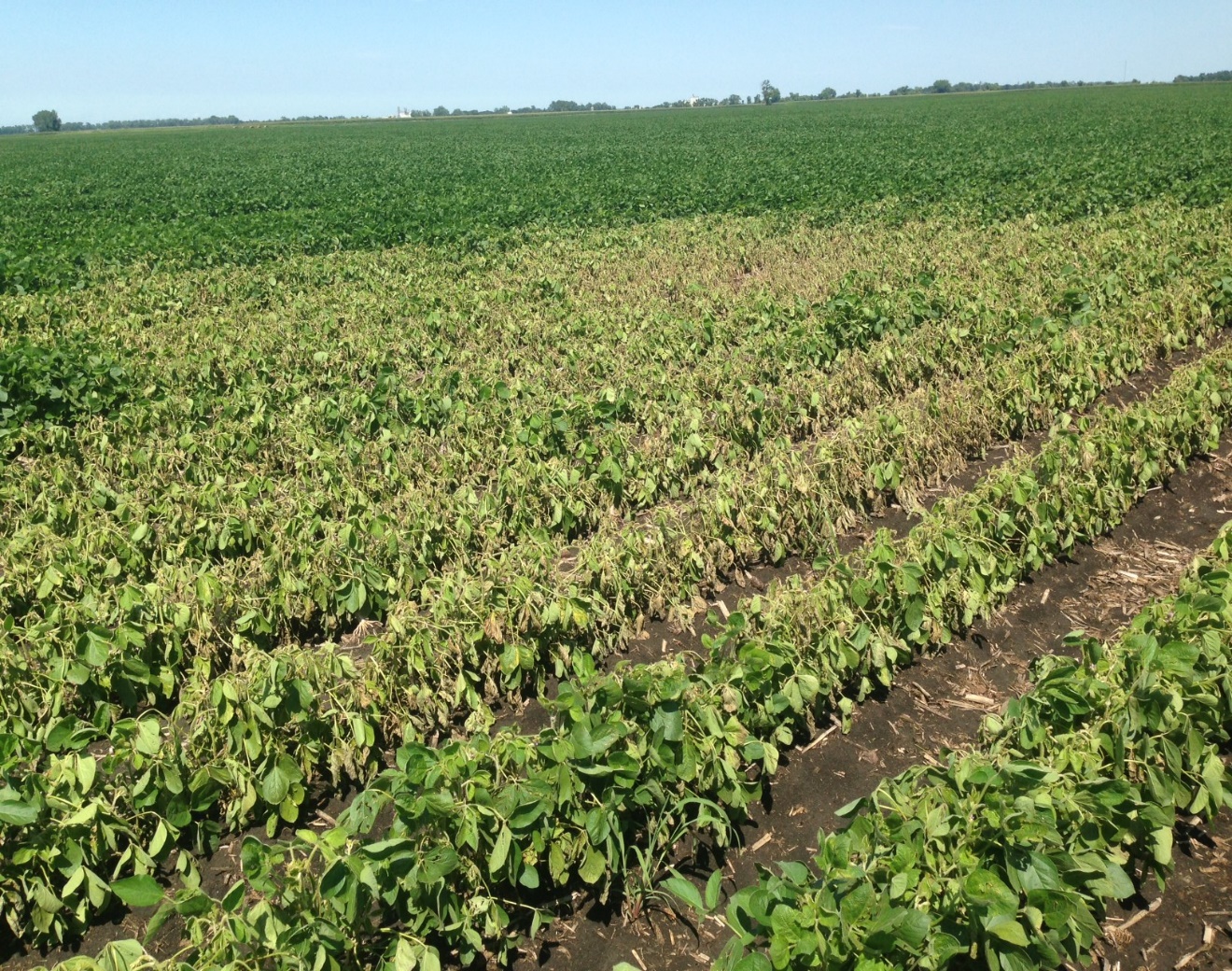
Replanting Considerations
Every season weather events such as hail or flooding can damage or destroy previously planted crops in all or in portions of fields. In May or even early June, many producers will replant these areas. As the end of June approaches, the window for replanting narrows and producers may want to do a more careful evaluation of whether or not to replant.
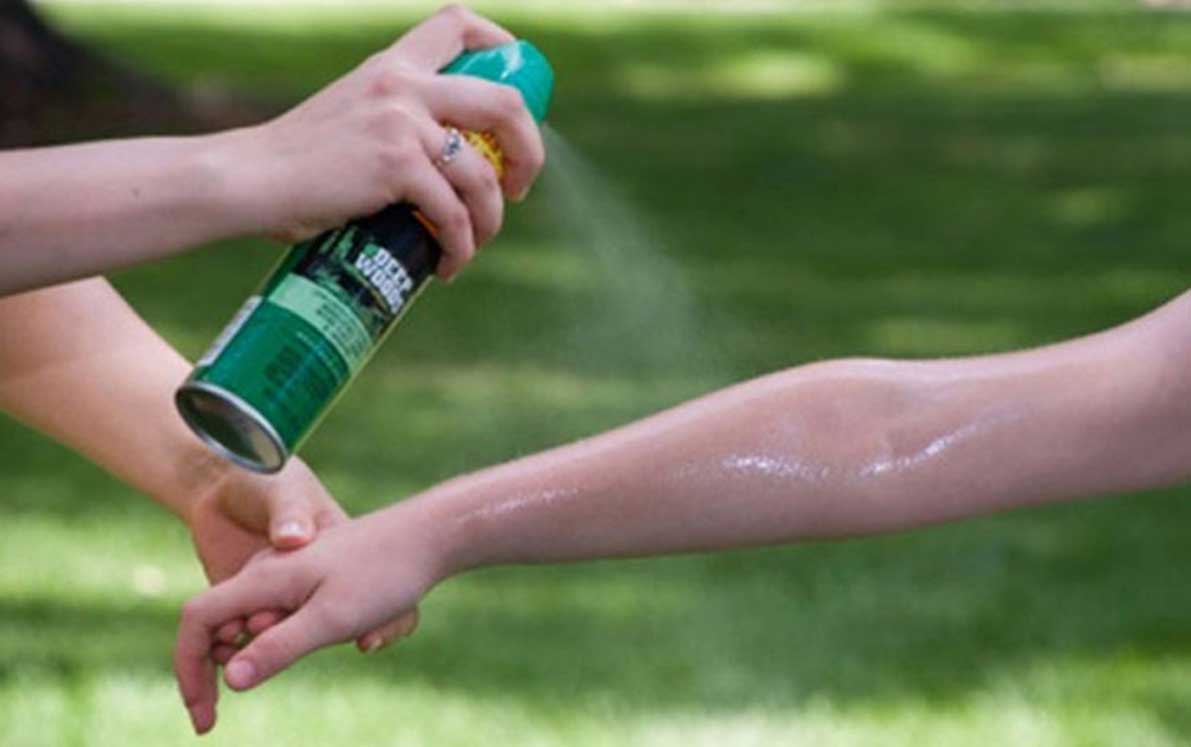
How to Avoid Being Dinner: Preventing Tick and Mosquito Bites
Summer is here, and so are the opportunities to enjoy the long days and warm weather. Ticks and mosquitoes share the outdoors with us, and there are things you can do to prevent bites from both.
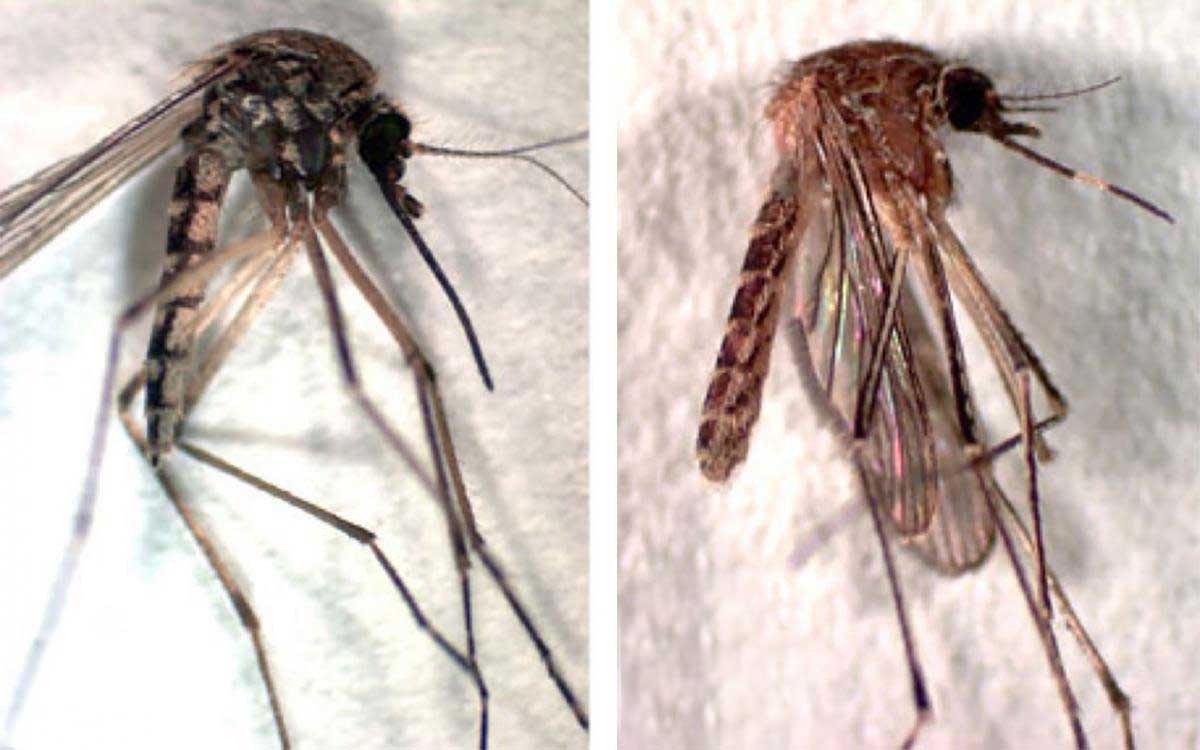
Know Your West Nile Virus Vectors
In some areas of South Dakota, recent precipitation has led to an increase in mosquito activity. To reduce the chances of contracting West Nile Virus, it is important to understand the behavior of the mosquitos capable of vectoring it.
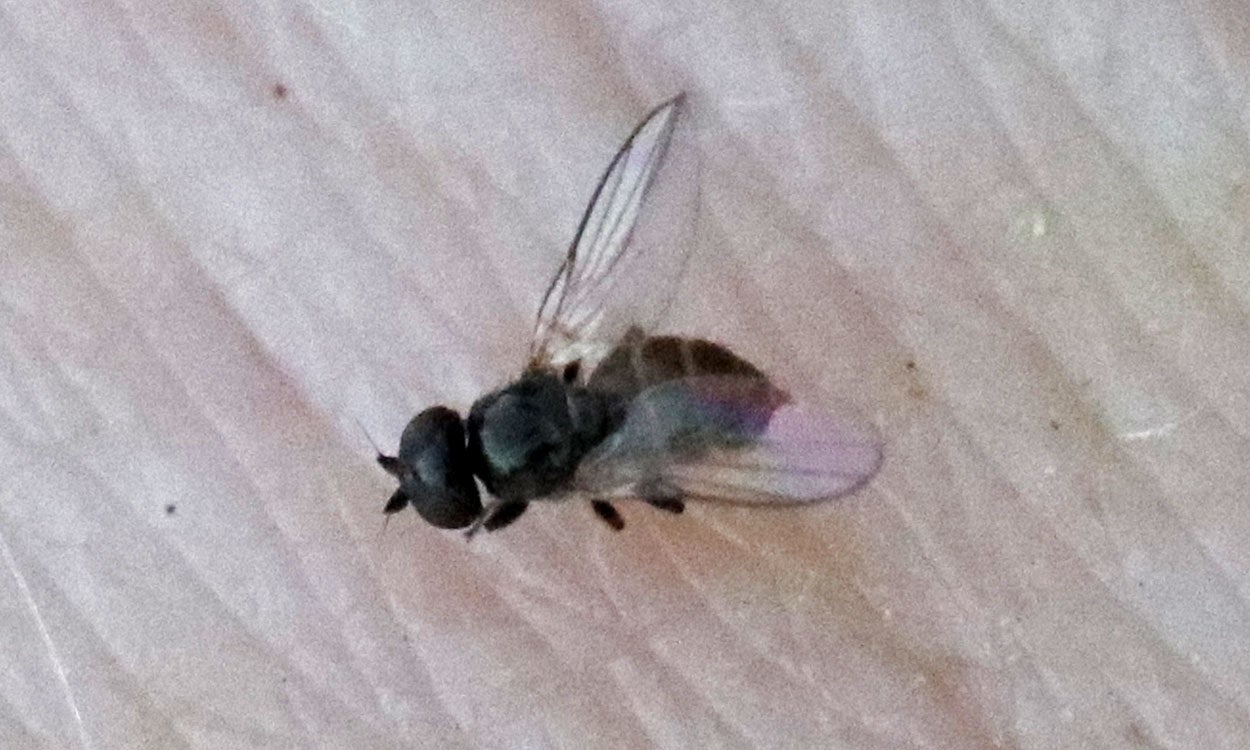
Monitor Livestock, Pets and Yourself for Eye Gnat Activity
While being outside this week, I noticed a lot of small gnats flying around my legs and really bothering my dogs. I caught a few and identified them as eye gnats. Although this pest is considered a nuisance in most cases, it is capable of transmitting diseases and pathogens.
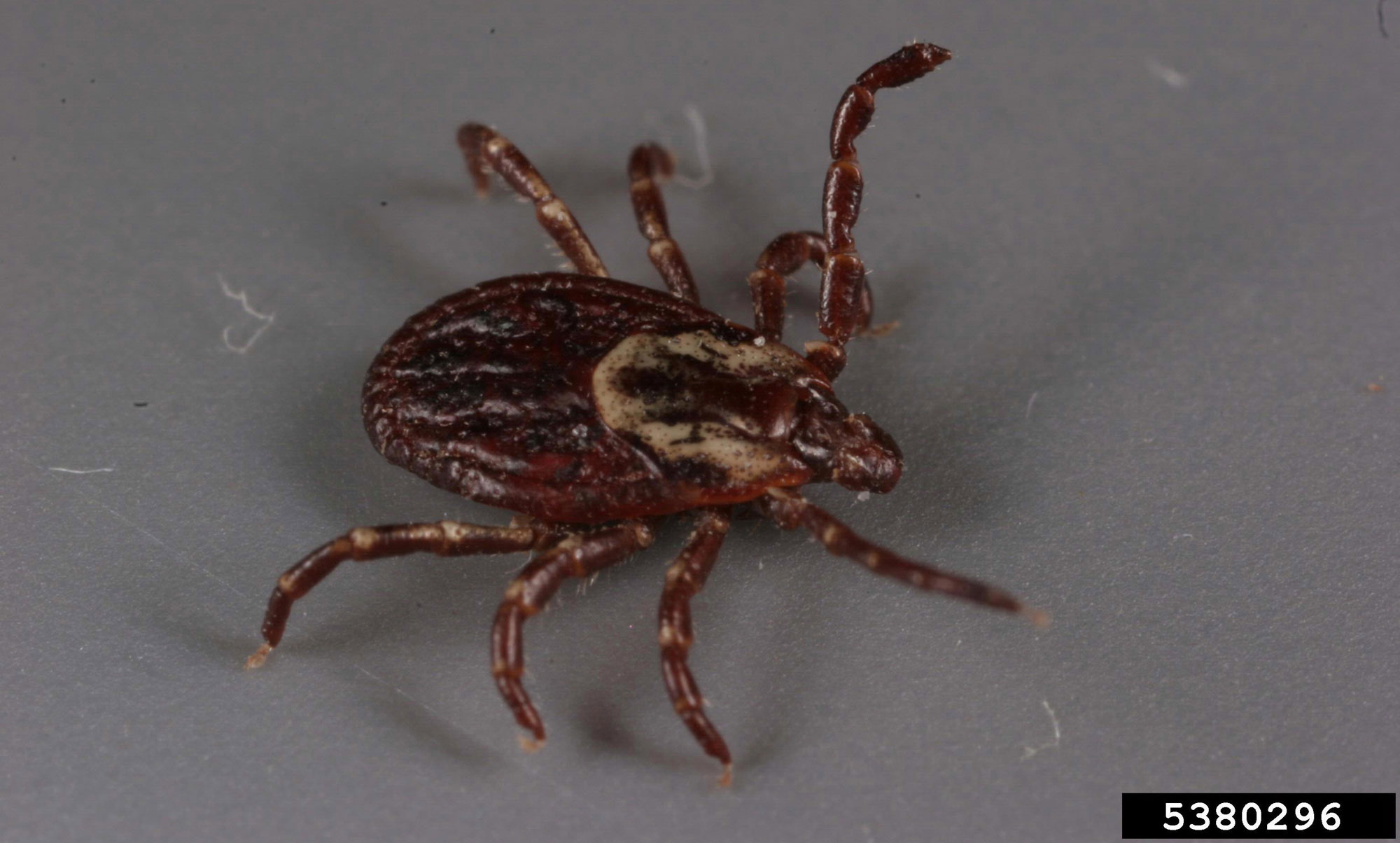
Ticks Becoming Active in South Dakota
The arrival of spring in South Dakota means warmer weather and more outdoor activities. However, it also brings an increase in tick activity.
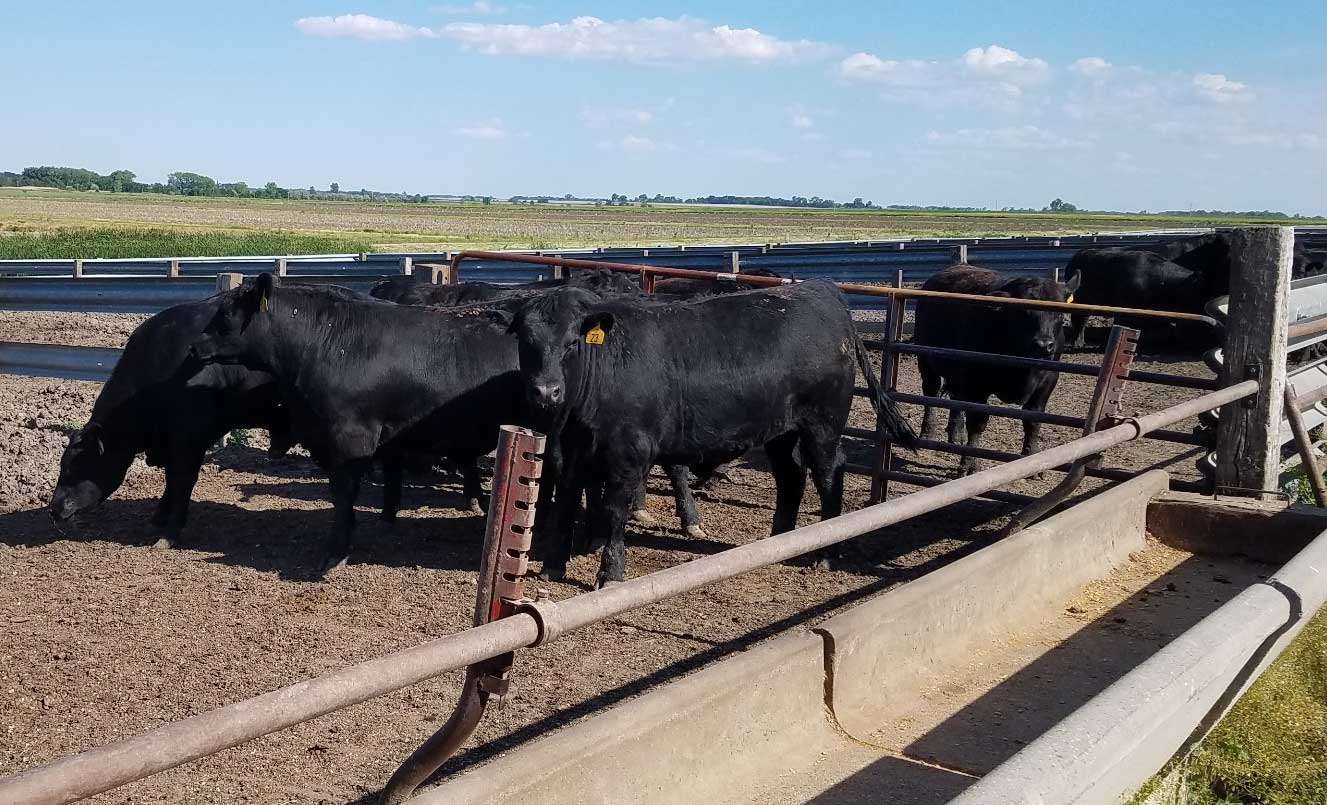
Bigger Cattle. Warmer Weather. What Can Go Wrong?
The disruptions in the beef processing sector caused by COVID-19 continue to interfere with the orderly marketing of finished cattle. While we all hope that the situation is resolved quickly, the reality is that because the shipment of so many harvest-ready cattle has been delayed, there will be increased numbers of heavier cattle on feed for the foreseeable future.

Lessons From Alternative Calving Workshops
Recently, the South Dakota Grassland Coalition and SDSU Extension held workshops across the State focused on sharing information from experienced livestock producers who have switched to a calving date more in sync with nature.

COVID-19 Safety Guidelines for Essential Swine Industry Employees
America’s pig farmers doing the right things to protect people, pigs, and the planet continue, even during this challenging time.
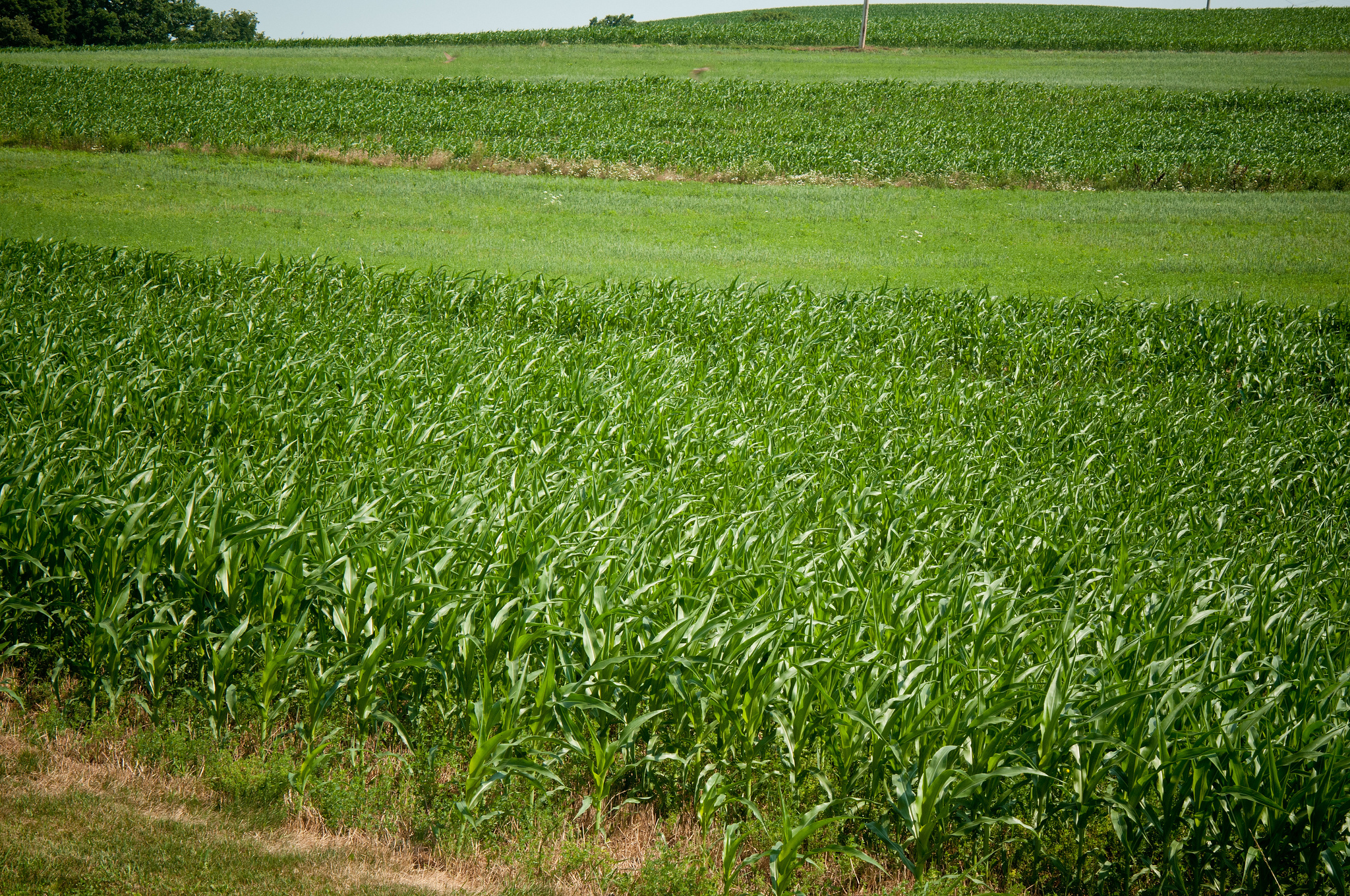
Crop Diversification Potential: Improving Soil Health & Farm Profitability
Two-year corn-soybean rotation coupled with heavy chemical inputs has become the routine practice of agricultural production in the Midwestern United States. According to USDA/NASS data, corn and soybean prices received by producers in South Dakota both reached the peak levels of $7.39 and $16.00 per bushel, respectively, in August, 2012.
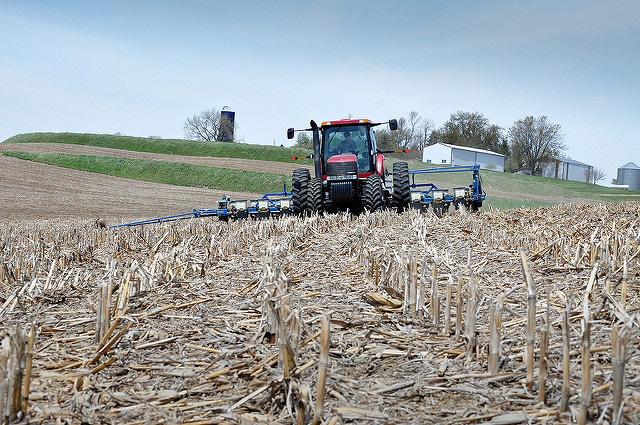
Project to Study Soil Health Economics in South Dakota
Soil degradation has become one of the most pressing global issues, because of its adverse effects on world food security, environment and quality of life.